How Tokyo inspires
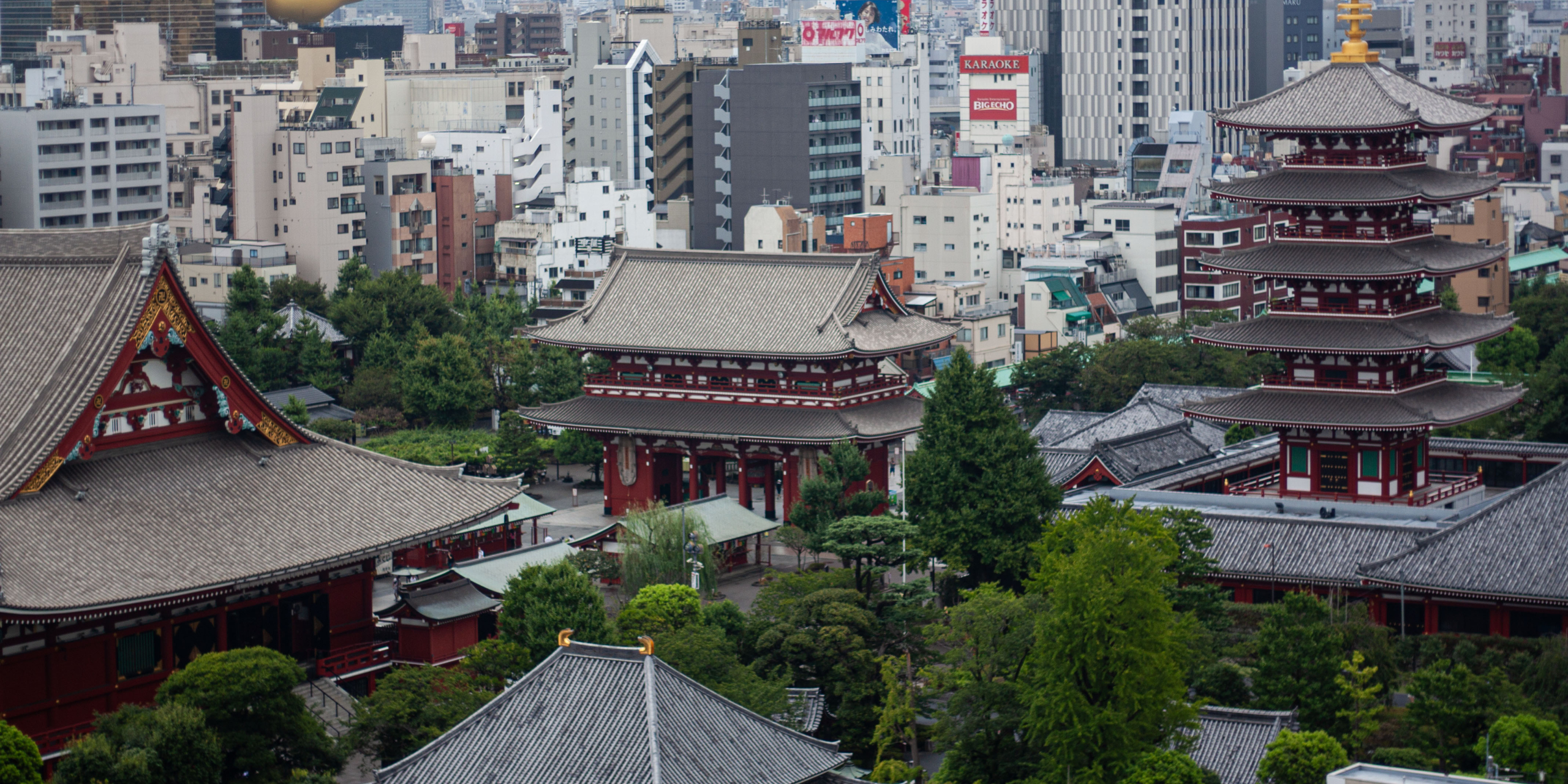
I found Tokyo to be one of the most interesting cities I have ever been to. One could call it an infinite city stretching over 2200 sq.km. and having the biggest population in the whole world with a paradox. Tokyo being one of the most comfortable, cozy and calm cities to be and probably to live in.
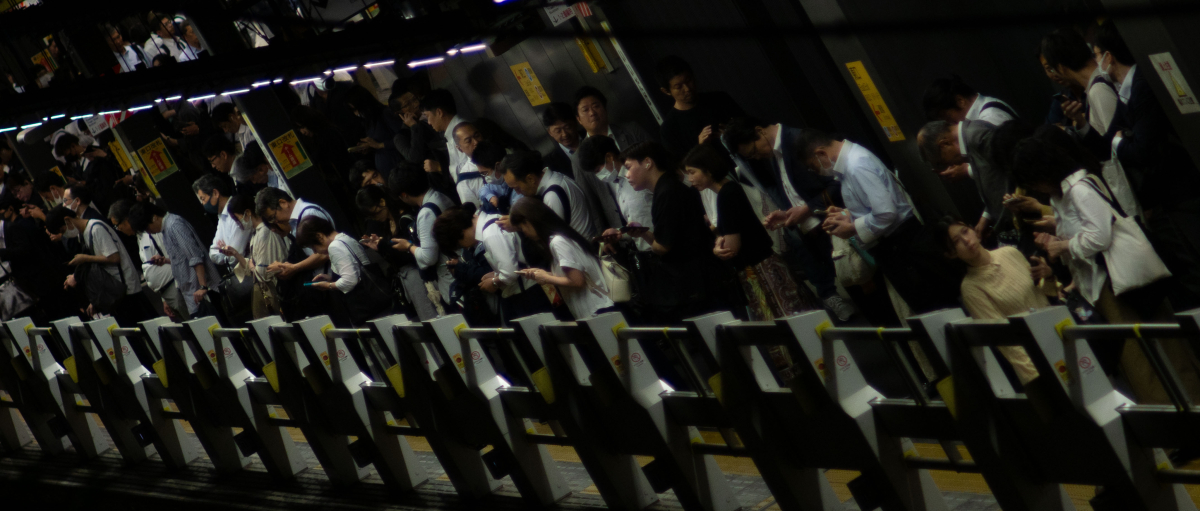
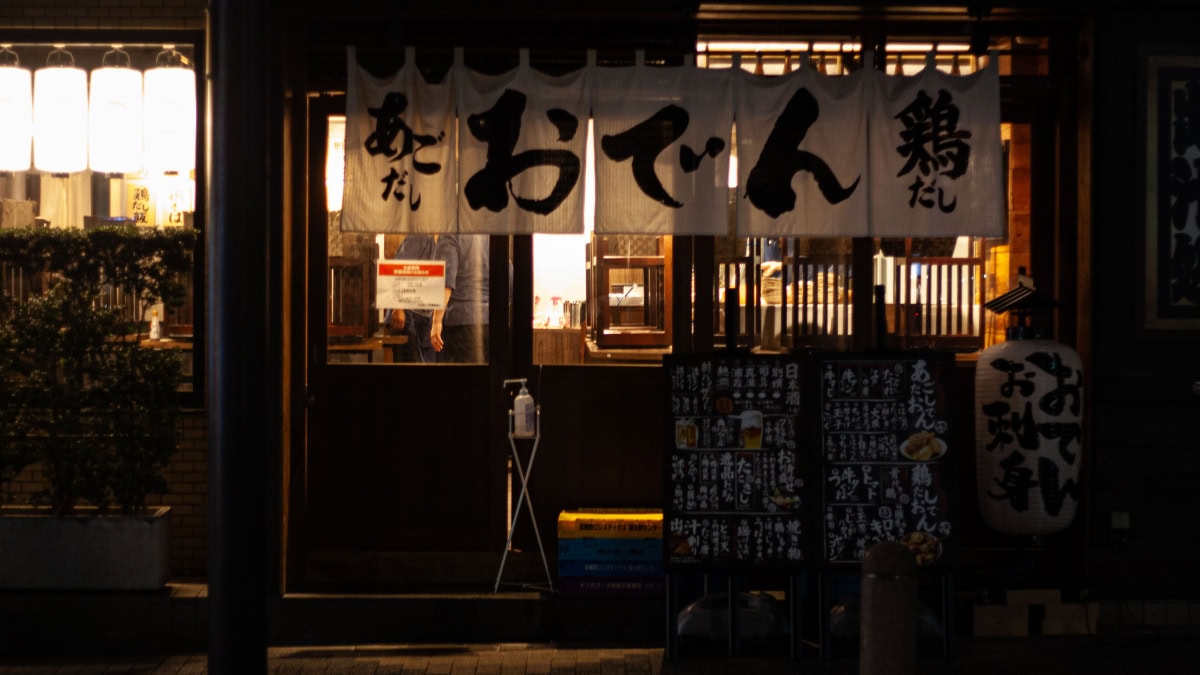
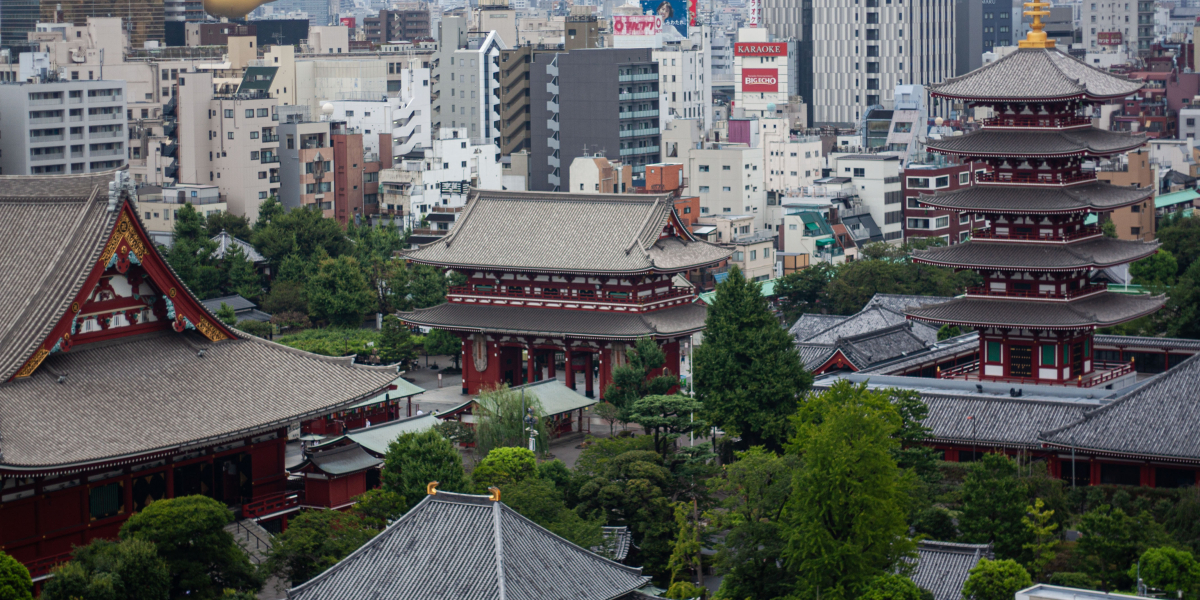
So what makes it so special?
Being an architect I would start with its urban fabric. Tokyo is a conglomerate of multiple different cities which are joined into one mega-structure having no boundaries in between. Tokyo is a well-rail-networked city which lets most of its population travel using public transport and only 24 percent of people are using cars. In the most dense urban areas full of high-rise buildings, the city has introduced multiple layers dividing pedestrian and car traffic paths.

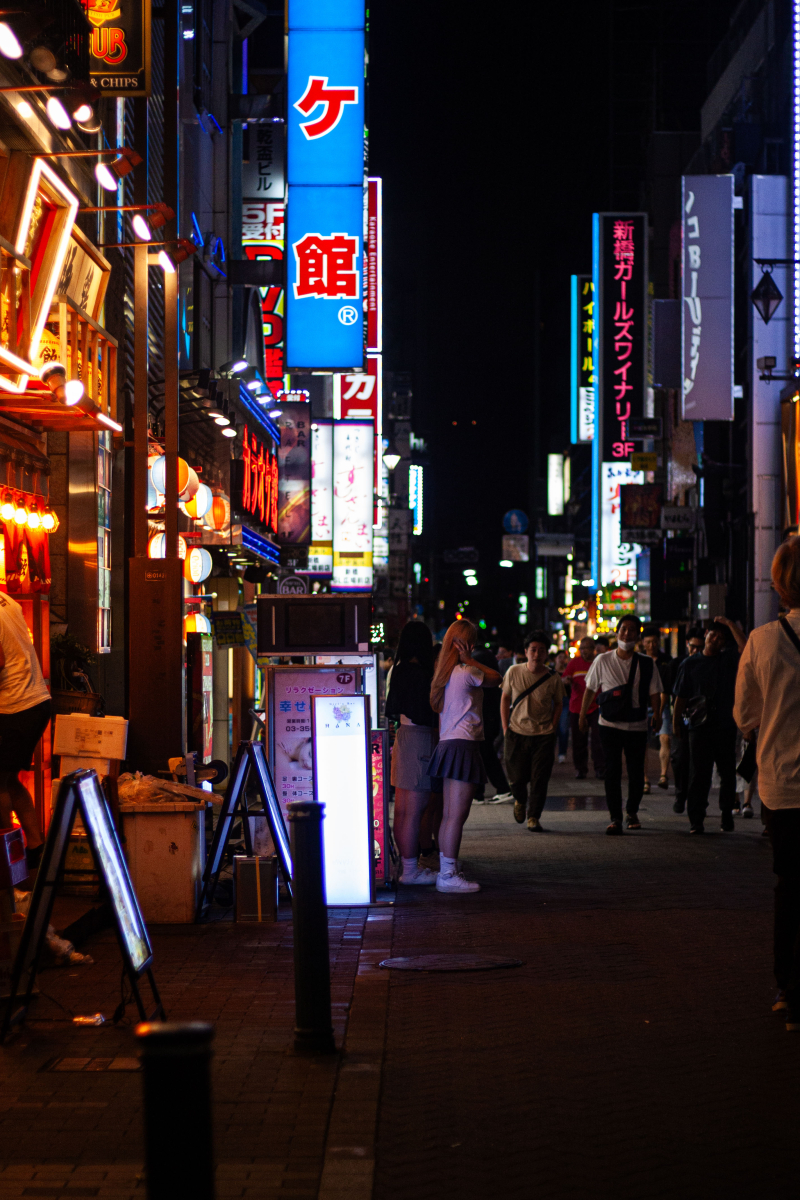
Compared to Europe where most of the commercial function is placed on the first floor of the buildings Asia is unique in its layered city structures – you can find many restaurants, shops and other public facilities on the 2nd, 3rd, 4th floor. It could look like the Tokyo master plan does not have any strict regulations of maintaining the same height, perimeter or volume of neighbouring buildings which makes the city space unpredictable, interesting and stimulating. Wondering between 40+ floor buildings and in 5 minutes walk you can find yourself in a residential 2-storey townhouse area with a tiny 1sq.m. well-maintained garden spaces scrambled in free space between neighbouring houses.
Let‘s stop a bit on zoning (a method of urban planning in which a municipality or other tier of government divides land into areas called zones) – even in exclusively low-rise residential zone buildings can be used as small shops or offices and elementary/junior high school buildings, shrines, churches or clinics. If the non-residential part of your home takes up less that 50 sq.m. and is less than half your total floor space, you can operate a business out of your home.
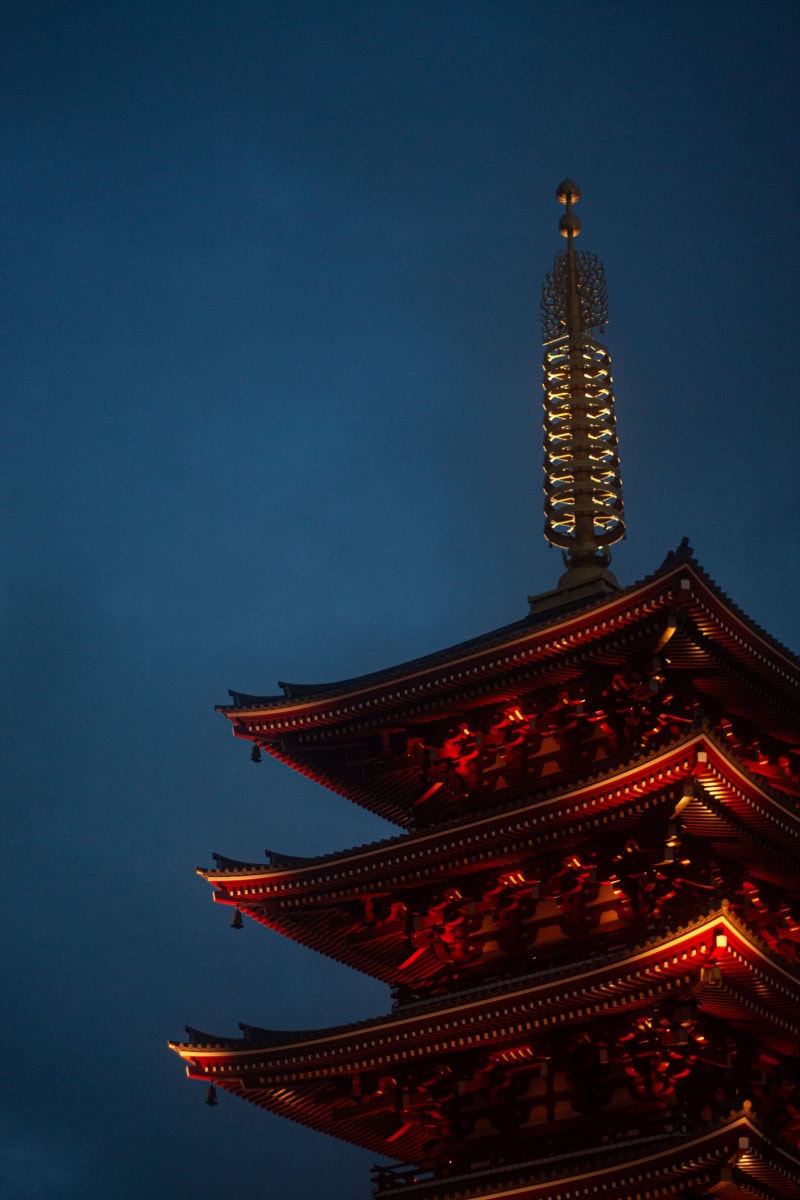
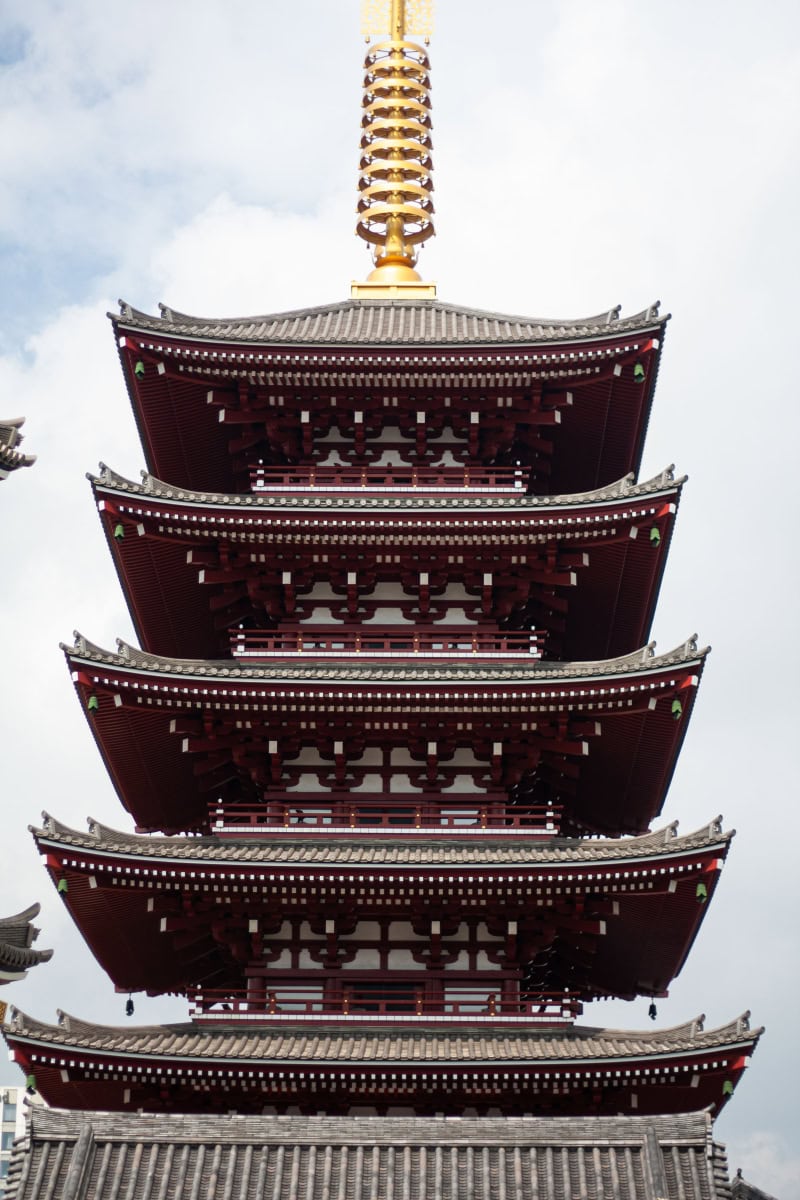
Japan‘s building regulation has 12 zones – the lowest level residential zone having the most restrictions but as we rise up the levels more and more types and uses are allowed making the city plan mixed with different types of use. Even in the industrial zone you can still build houses, restaurants and stores, meaning that it allows the market to decide what is the most valuable use of space.
In the book „Emergent Tokyo: Designing the Spontaneous City“ authors demonstrate how Tokyo was shaped not solely by disorder or grand design but by the intermingling of daily small choices that create spontaneous patterns from the bottom up. It is based on the idea that systems and phenomena, through local interaction of their parts, can create interesting orders.
In Tokyo any two-story row-house owner can by right operate a bar, a restaurant, a boutique, a small workshop on the ground floor – that means that the city is full of potential micro-spaces.
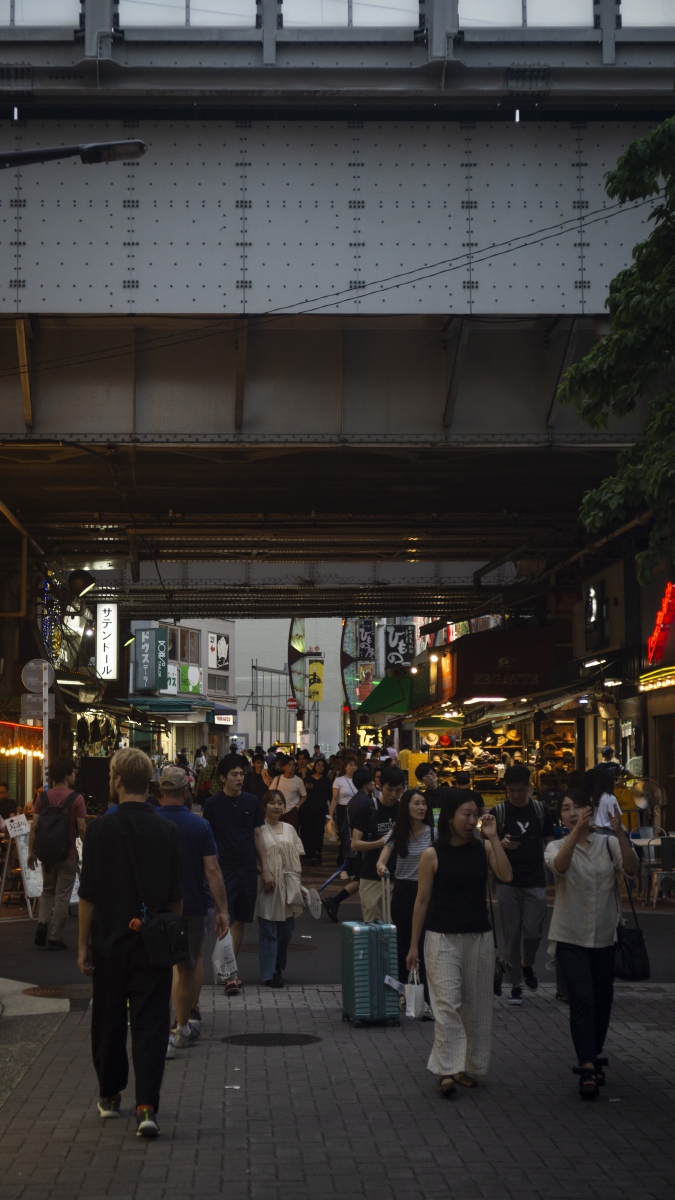
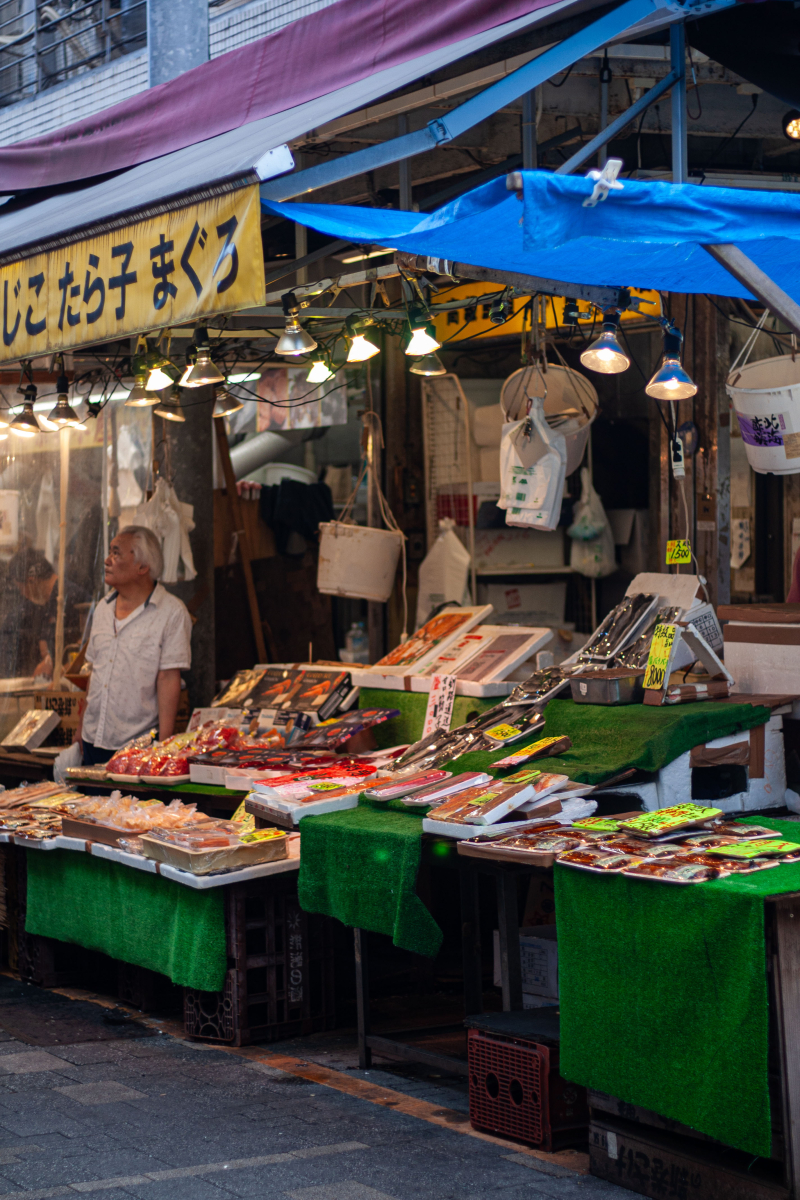
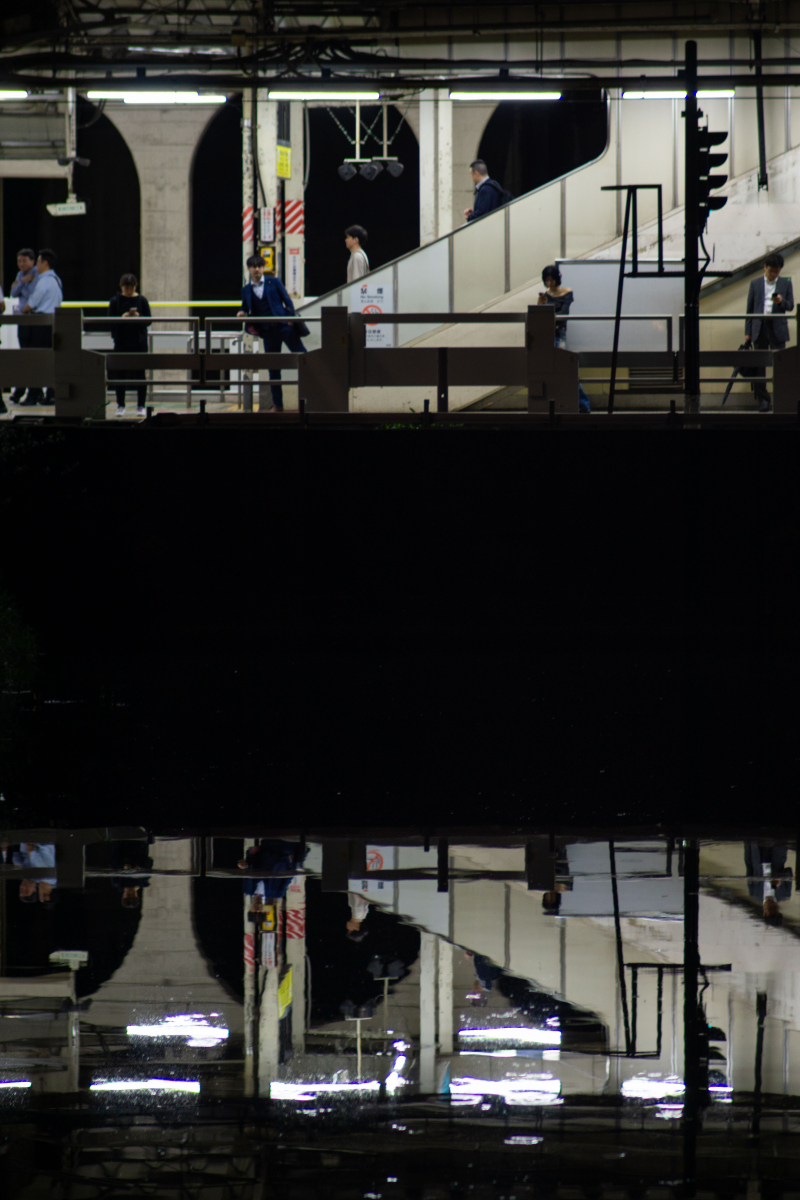
Looks like the Tokyo city master plan is an independent system where architects, developers and residents of the city decide and create the urban fabric of the city.
One should not forget that the mentality and philosophy of architecture being temporary was probably formed by natural disasters happening once in a while in Japan, so the cities are perceived as not permanent but rather temporary, changing and dynamic structures. Citizens mentality is shaped towards communal well-being instead of personal ownership thus ending in old couple cleaning the street next to their house or renting their 1st floor to young guy who is opening a small Izakaya somewhere in the middle of „nowhere“ – in the residential area which to everyone‘s surprise will generate profit, live and thrive, because of the Tokyo having it‘s unique mixed function all over this megastructure.
So I would question some be-like-others regulations and concepts of urban planning.
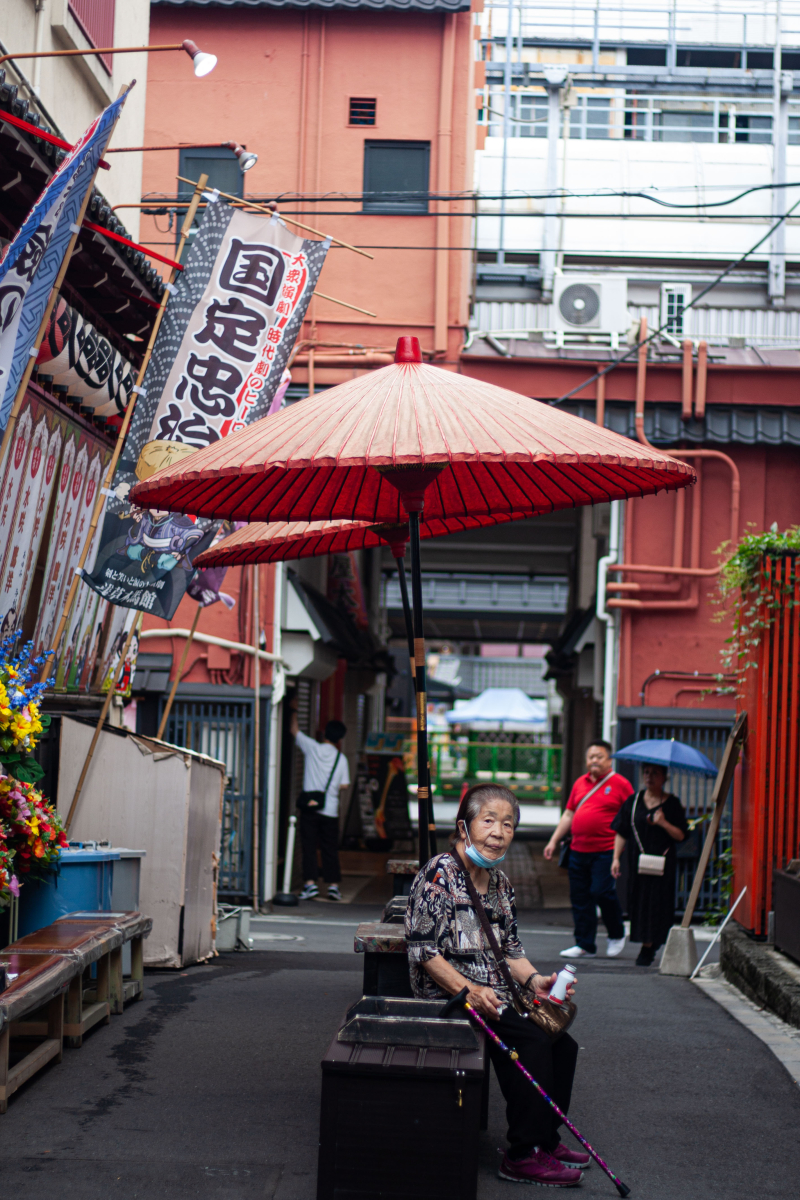
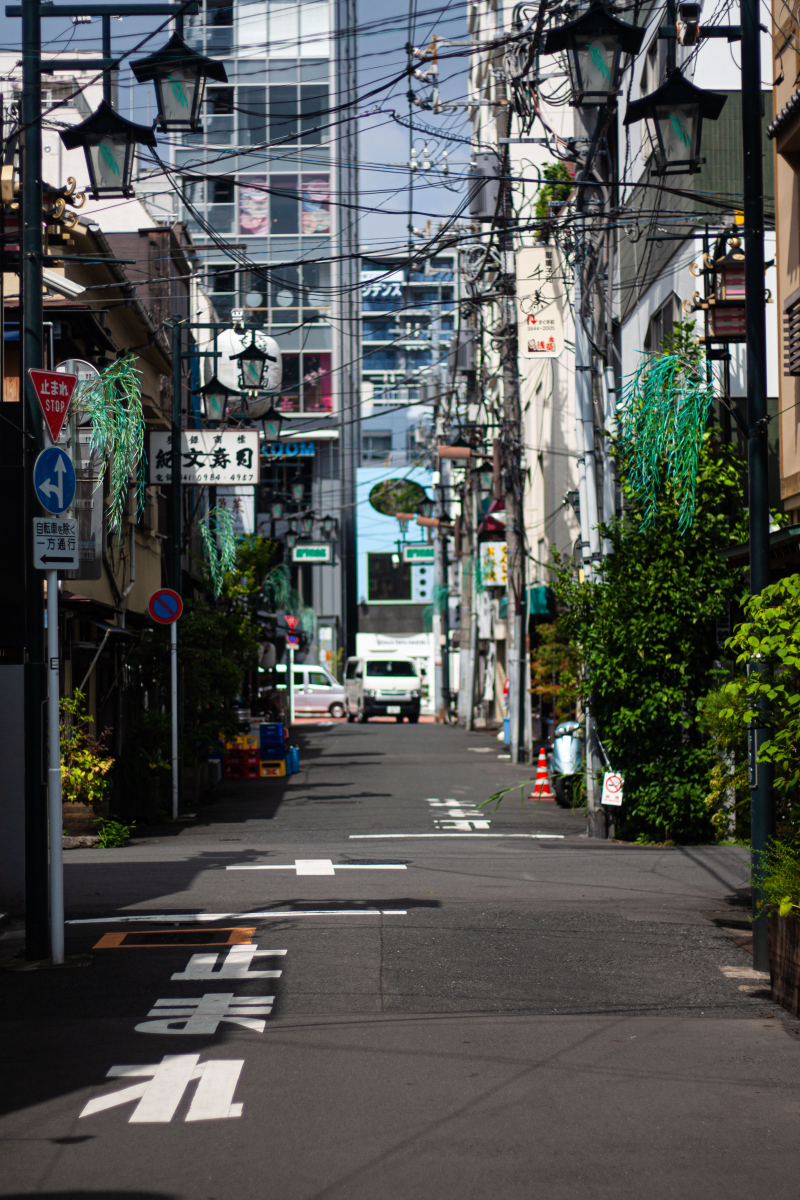
Photography from private archive